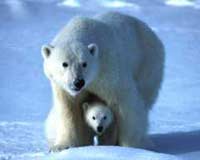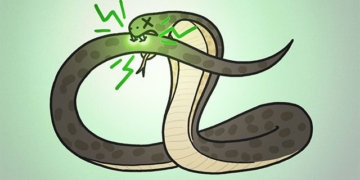 |
The Arctic Polar Bear is facing the risk of extinction. According to scientists’ forecasts, this species’ population will decline by 30% over the next 45 years. |
The Arctic Polar Bear, hippopotamus, and more than 16,000 species of flora and fauna are currently at risk of extinction worldwide, as announced by the International Union for Conservation of Nature (IUCN) today (May 2).
Information from this Switzerland-based organization indicates that the number of species considered at serious risk of extinction has increased to over 16,000 from approximately 15,500 species listed in the Red List published in 2004.
According to the 2006 Red List (to be fully published this weekend), the list of endangered species includes one-third of amphibians, one-quarter of mammals and coniferous trees, and one-eighth of bird species. The 2006 Red List also classifies about 40,000 species based on their extinction risk levels.
“The loss of biodiversity is increasing, not decreasing,” said Achim Steiner, Director General of IUCN. He added that this could impact the lives and livelihoods of billions of people who depend on these species.
Currently, the world is still unsure how many species exist across the planet, but estimates suggest this number is around 15 million, which is widely accepted. However, only over 1.8 million species have been identified so far.
According to IUCN, humans are the primary cause of the decline in most species, largely due to habitat destruction.
The Arctic Polar Bear is threatened by global warming, which is rapidly melting ice. Scientists predict that the population of this species will decline by 30% in the next 45 years. Meanwhile, the hippopotamus population in Congo has also decreased by up to 95%, mostly due to rampant hunting for meat and ivory. Freshwater fish are also declining at alarming rates due to human activities affecting their habitats.
IUCN warns that the degradation of ecosystems in wetland and freshwater lake areas will impact food supplies for humans, the availability of clean drinking water, and sanitation systems.
TUONG VY


















































